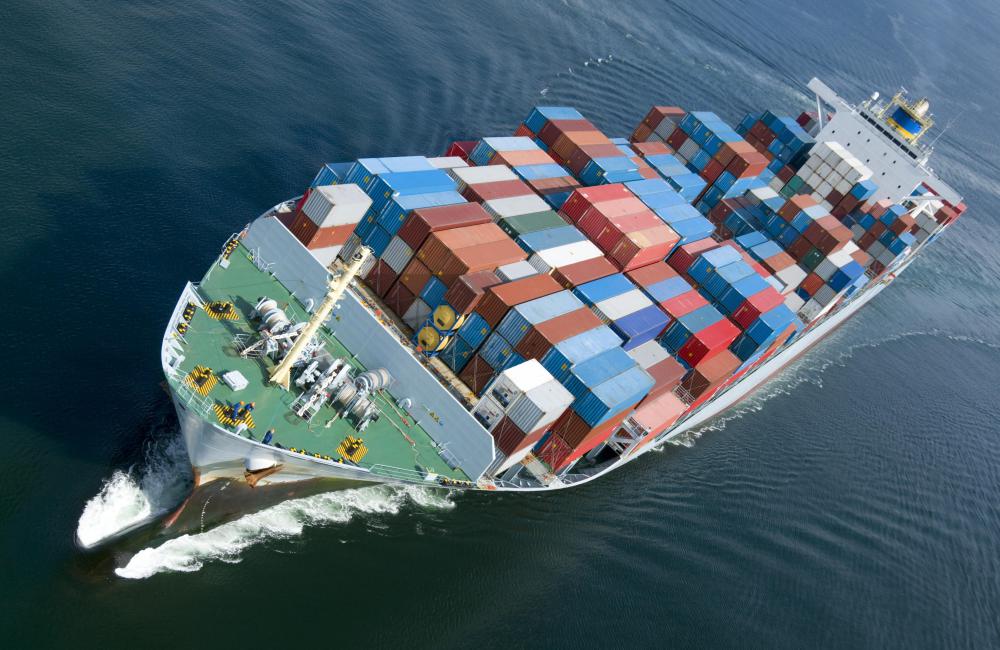At WiseGEEK, we're committed to delivering accurate, trustworthy information. Our expert-authored content is rigorously fact-checked and sourced from credible authorities. Discover how we uphold the highest standards in providing you with reliable knowledge.
What is Involved in Implementing a New Tariff?
Tariffs are implemented by a country to levy a tax on imported or exported goods. Typically to implement a new tariff, a government must get the tariff approved through its regulating body, such as the US Congress or the Customs Union of the European Commission. The process varies by country, but typically after a new tariff is approved, it is entered into the country's trade regulation database and assigned a classification category. From there, tariff rates are determined. For most of the world, tariffs are tracked and monitored by the World Trade Organization (WTO).
In the United States, a Harmonized Tariff Schedule (HTS) was created to implement and regulate new tariffs. The HTS is a standardized list of names and numbers that classify products of trade that are imported or exported in the United States. When a new tariff is passed by the U.S. Congress, it is logged into the HTS. Each custom tariff is given a code that categorizes the goods that fall under it. The HTS is often modified as the United States negotiates new free trade agreements with various countries. Although the HTS is held by the World Customs Organization and is recognized worldwide, other countries use their own unique systems when implementing tariffs.

The duty of executing a new tariff in Europe falls to the Taxation and Customs Union of the European Commission. The Common Customs Tariff is applied to imported goods across the borders of the European Union (EU). Acting similar to the United States’ Harmonized Tariff Schedule, the Taxation and Customs Union classifies goods in order to determine custom rates. All European regulations concerning new tariffs are entered into the TARIC, which is the name of the EU's online customs tariff database. The TARIC is updated on a daily basis for the benefit of the EU member countries that use the data to determine custom clearance.

China’s enforcement of a new tariff is largely overseen by its Ministry of Transport, which is responsible for transportation by way of China's airspace, roads, and waters. The Ministry of Transport issues the regulations governing its Non-Vessel Operating Common Carriers (NVOCC) Tariff Filing Rules. According to the NVOCC Tariff Filing Rules, NVOCCs must file their freight rates with the Shanghai Shipping Exchange. Those who don’t honor the formalities within a given time period could be subject to a fine or brought under investigation.
Tariffs are monitored by the World Trade Organization. This provides safeguards so that a country may limit imports for a period of time if the imported goods are causing harm to the country’s economy. Under these circumstances, it is acceptable for the exporting country to raise or instate a new tariff on the country which limits its imports. All members of the WTO are required to engage in fair and equal trade practices with regard to the implementing of tariffs.
AS FEATURED ON:
AS FEATURED ON:












Discuss this Article
Post your comments